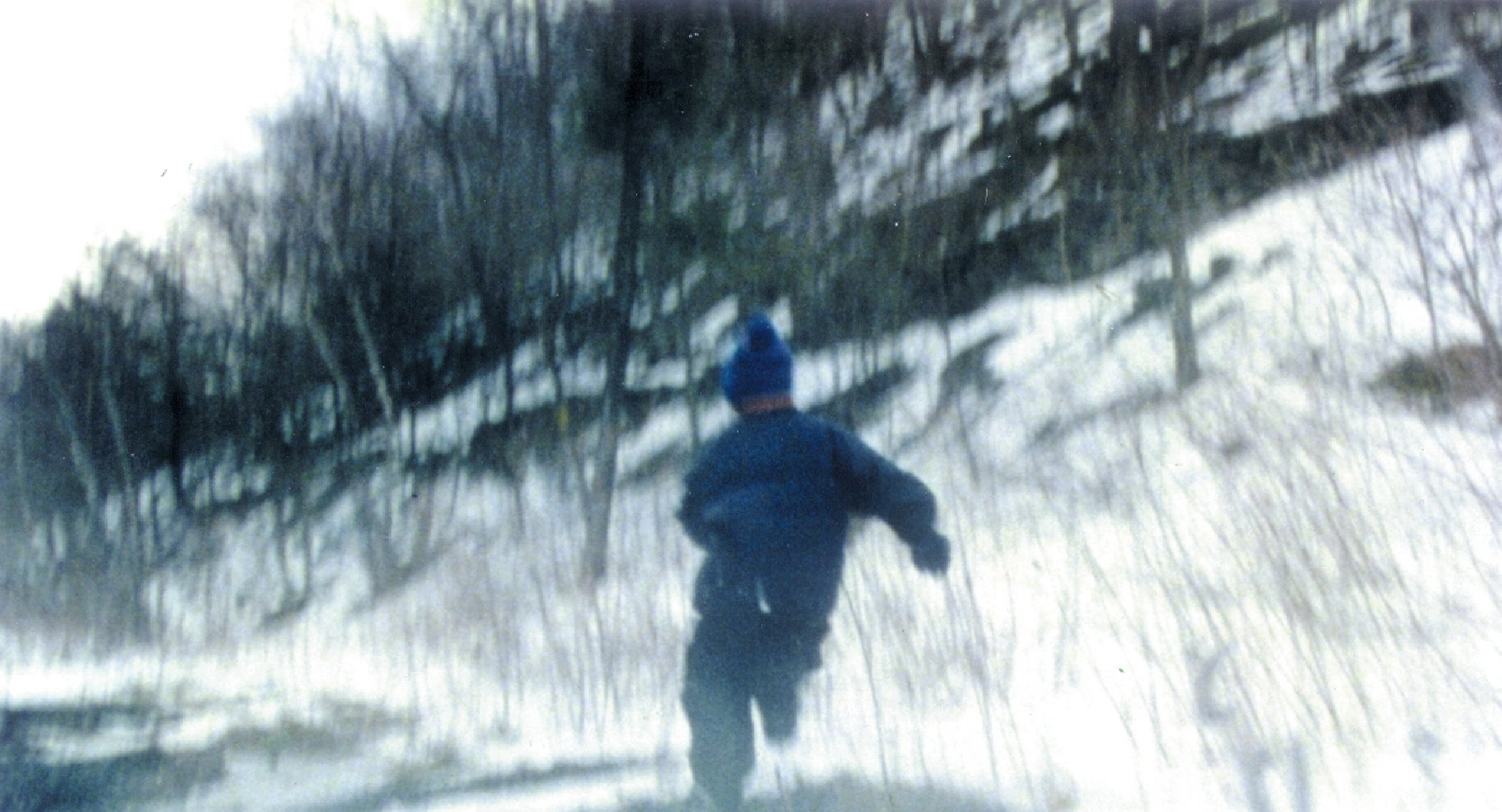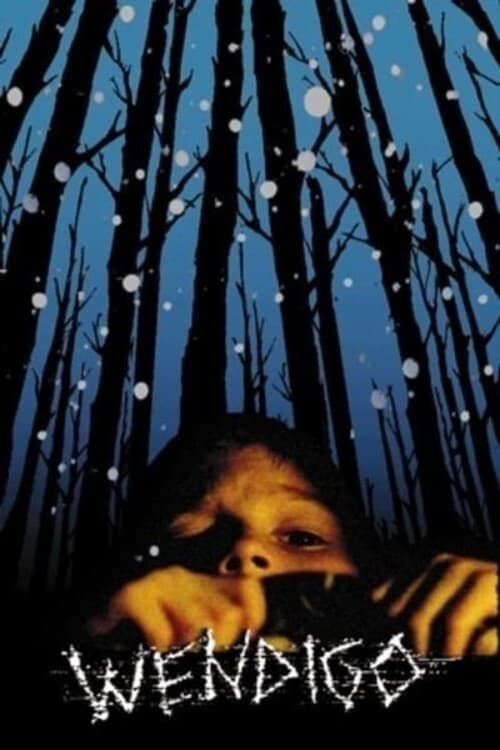Wendigo – Film Review
Published February 6, 2024

The independent horror film genre can often provide a refreshingly unique approach to storytelling. Wendigo, directed by Larry Fessenden and released in 2001, takes on a low-key but dread-infused journey into an obscure piece of Native American folklore. Featuring strong performances by Patricia Clarkson, Jake Weber, and Erik Per Sullivan, Wendigo adds a distinctly indie twist to the psychological horror genre.
Set against the frozen backdrop of upstate New York, Wendigo brings us the tale of a New York City photographer, George (Jake Weber), his wife Kim (Patricia Clarkson), and their young son, Miles (Erik Per Sullivan), as they set off for a winter weekend getaway. However, their trip takes a sinister turn when they accidentally hit a deer on the road, inciting the wrath of local hunter, Otis (John Speredakos).
Wendigo is not your conventional monster horror film. It plays around the mystical element of the Native American creature Wendigo, but doesn’t commit entirely to a straightforward tale of a bloodthirsty beast stalking its human prey. The film, instead, serves up a disquieting slow burn that dabbles in psychological horror, marital strain, rural/urban tension, and a child’s fear of the unknown.
Patricia Clarkson, a fine actress of many talents, delivers a remarkably controlled performance as the concerned mother. She infuses her role with a warm empathy, acting as the nurturing buffer between her frightened son and increasingly perturbed husband. Jake Weber does an admirable job as George, juggling both the unease he feels from Otis’s intense fixation and his rising irritation as a city slicker adjusting to rural living.
Erik Per Sullivan’s portrayal of young Miles deserves a special mention. Miles serves as the audience’s eyes, frequently unsettled by his fear of the legendary Wendigo which is magnified through eerie hallucinations and dreams. The fear instilled in the viewer through Sullivan’s raw and convincingly horrified portrayal enhances the suspenseful nature of the movie.
What lacks in Wendigo is a crisp, defined storyline that ties up all loose ends. As it ventures into supernatural folklore and dabbles in human horror, it can sometimes leave the viewer hanging. Also, there are instances where the narrative might feel disjointed, primarily when the mythical creature of Wendigo is summoned and manifested into an abstract art-form during dream sequences. This creates a disconnect between what the audience may have expected from the titular creature and what is served up in Miles’s vivid, surreal dreams.
Fessenden’s commitment to providing a new angle on the typical horror flick is commendable. By using his indie background, he spins a rather average haunted house tale into a nightmarish tale of suspense and unease. Still, it falls short of achieving a completely satisfactory impact.
Despite a low budget, Wendigo excels in its claustrophobic atmosphere creation, enhanced by a chilling score and a tense build-up to the climactic third act. The rural winter setting amplifies the creeping sense of dread, creating an overall haunting mood. However, the final act, albeit climaxing with a horrifying bang, feels hurried and provides a slightly underwhelming end to the carefully crafted tension that came before.
Wendigo delivers an uncommon blend of human fear and mythological horror through a restrained approach. It boasts solid performances from a talented cast, and a uniquely menacing atmosphere that compensates for its weaknesses in terms of storyline clarity and narrative cohesion. As a testament to Larry Fessenden’s creative ambition, Wendigo works best as an indie film, that showcases the psychological facets of horror more effectively than the raw fear of its titular beast.
